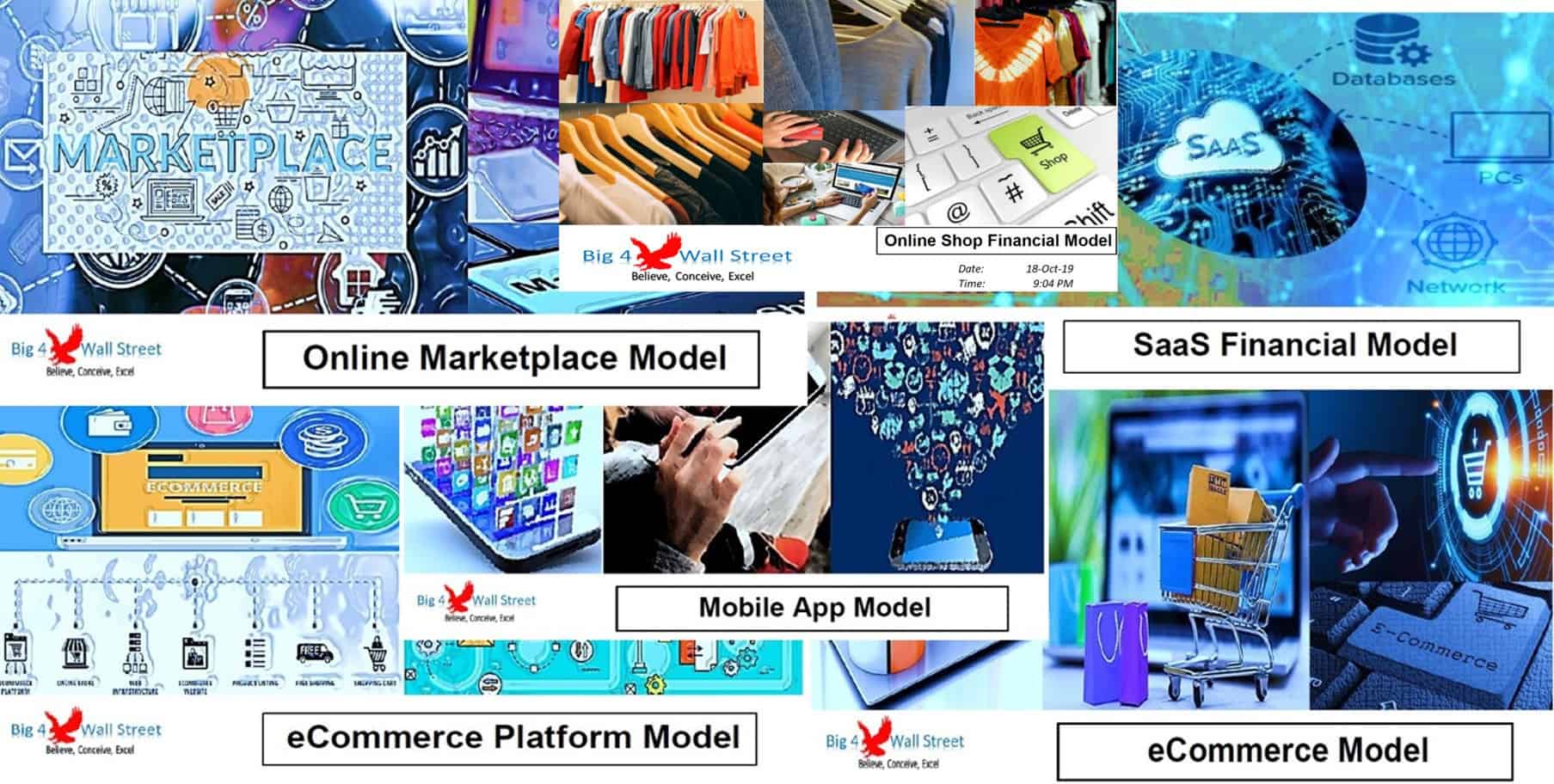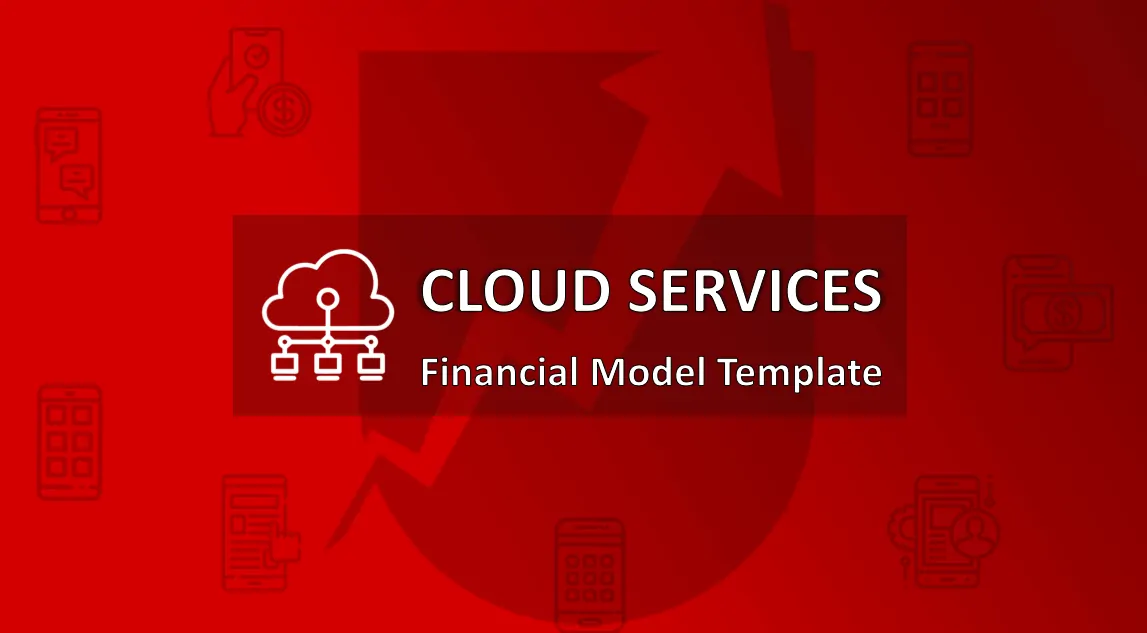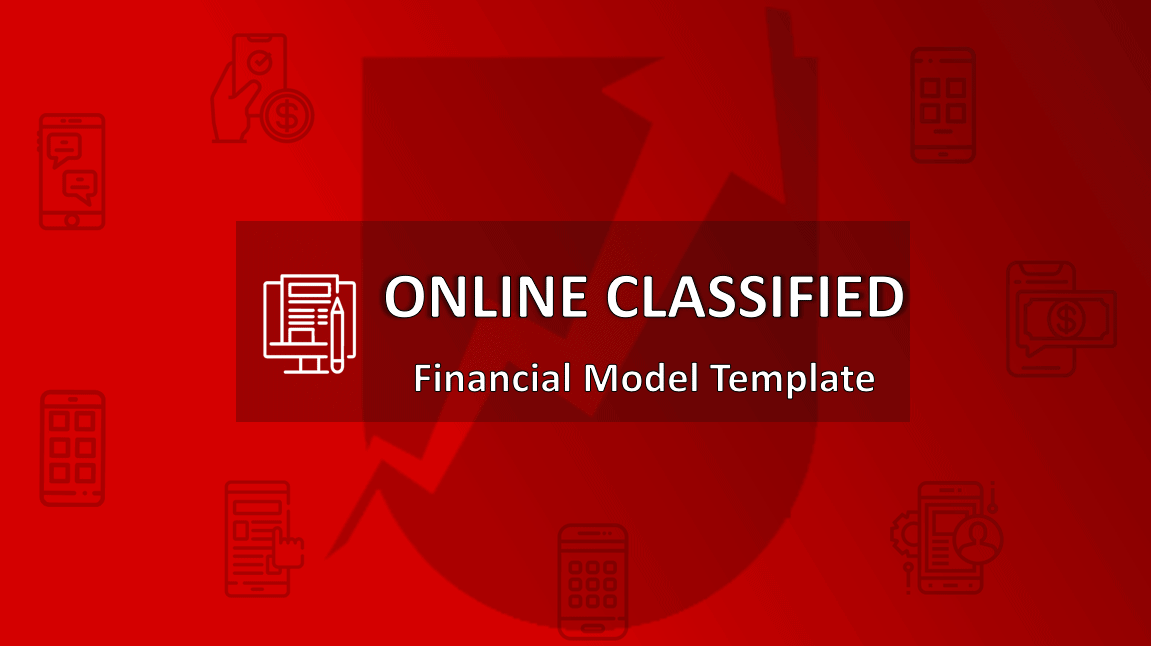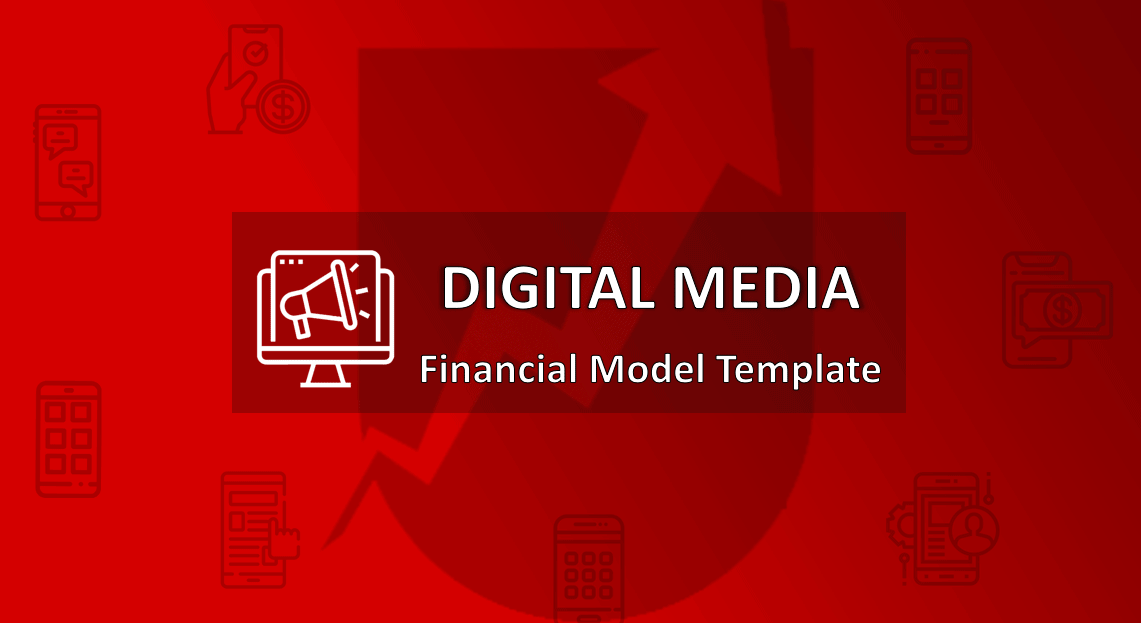eCommerce Platform Model
The financial model presents the business case of an eCommerce Platform. An eCommerce Platform is a software solution that allows online retailers to manage their business (website builders, accounting and inventory management systems, as well as customer service infrastructure).
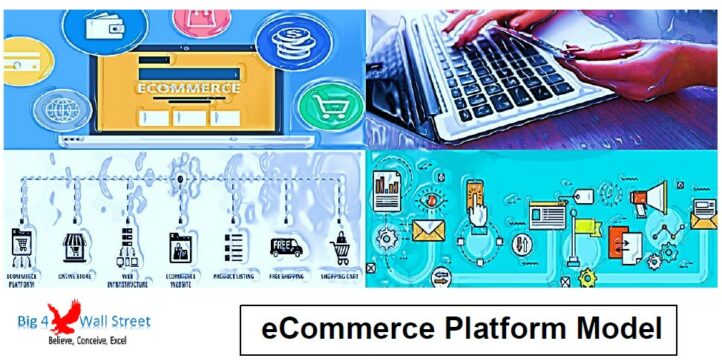
The financial model presents the business case of an eCommerce Platform. An eCommerce Platform is a software solution that allows online retailers to manage their business (website builders, accounting and inventory management systems, as well as customer service infrastructure).
This financial model template will enable you to:
– Plan the sources of monetization from retail sellers and / or buyers, their conversion rates, as well as their churn rates
– Forecast the fees (set up fees, fixed and variable commission, and memberships)
– Analyze the direct costs for running the eCommerce Platform and attracting buyers and sellers
– Setting up payroll costs, and operating expenses.
– Set the initial investment amount and the equipment / servers needed
– Set the relevant currency and timing
– Create the three financial statements (Profit and Loss, Balance Sheet, and Cash Flow) monthly for 60 months.
– Financial Ratios to check the viability of your business
– Printable model as PDF for your investors
So, a quick overview of the model, in the contents tab you can see the structure of the model and by clicking on any of the headlines to be redirected to the relevant worksheet.
On the timing tab, you can feed the general information for the model such as: model name, responsible, timeline of the model, and the date and currency conventions.
Additionally, there is a description of the color-coding of the model in the same tab. Inputs are always depicted with a yellow fill and blue letters, call ups (that is direct links from other cells) are filled in light blue with blue letters while calculations are depicted with white fill and black characters.
There is also color coding for the various tabs of the model. Yellow tabs are mostly assumptions tabs, grey tabs are calculations tabs, blue tabs are outputs tabs (that is effectively results or graphs) and finally, light blue tabs are admin tabs (for example: the cover page, contents, and checks).
Moving on to the inputs tab, you can adjust the various assumptions of the model based on the specifications and requirements of your business. So effectively you can adjust the detailed revenue assumptions and the user can amend the most important drivers such as: organic traffic, paid traffic budget, customer reps, conversion rates, and fees for both sellers and buyers. Moving on, the cost is comprised of three main categories: direct costs (commissions, payment processing, servers, marketing platforms), labor cost (headcount, salaries, employment costs, and other benefits), and operating costs (rent, utilities, insurance, advertising, other supporting tools, etc.). Going forward you can adjust noncurrent assets, CAPEX, as well as their depreciation schedule, the working capital assumptions (inventory, receivables, and payables), can also be adjusted accordingly, and finally, the financing assumptions of the business whether these are debt or equity-financed can also be amended.
On the calculation tab, all calculations are performed instantly without the need for an excel macro. The calculations follow the same logical flow as in the inputs tab. As already mentioned, no inputs from the use are needed here, as all the inputs are fed in the yellow cells on the inputs tab only.
On the Financial Statements tabs, you can see the resulting income statement, balance sheet as well as the cash flow of the company and or project. These financial statements are generated on a monthly as well as on a yearly basis.
In the Valuation tab, the valuation of the company is performed based on the free cash flows to the firm. In the same tab, you can also find some feasibility metrics such as Return on Equity, Return on Assets, Net Present Value, Internal Rate of Return, and Cash on Cash Multiple.
The most important business and financial KPIs are presented in the KPIs tab along with various valuation metrics. These KPIs are also presented by using some graphical representations in the Graphs tab. For example: Revenues & Operating Profit, Cost of Goods Sold, Cash Flows as well as several other financial metrics from valuation to profitability, working capital and debt.
Finally, the checks tab where the most critical checks are aggregated on this page. Whenever you see an error message on any page, you should consult this page to see where the error is coming from.
Similar Products
Other customers were also interested in...
Online Businesses Bundle (6 Models)
This is a collection of selected financial model templates for projects or ventures in the Online Bu... Read more
Online Marketplace Financial Model
The financial model presents the business case of an online marketplace. A marketplace is a user-fri... Read more
eCommerce Financial Model Excel Template (Fully-Ve...
The UPtick eCommerce Template is a simple yet robust financial model that allows you to make intelli... Read more
Online Marketplace Financial Model Excel Template ...
The UPtick Online marketplace Template is a simple yet robust financial model that allows you to mak... Read more
Cloud Services Financial Model Excel Template (Ful...
The UPtick Cloud Services Template is a simple yet robust financial model that allows you to make in... Read more
Online Classified Financial Model Excel Template (...
The UPtick Online Classified Template is a simple yet robust financial model that allows you to make... Read more
Subscription Business – 10 Year Financial Model
Financial Model providing a 10-year financial plan for a startup or operating Subscription Business.... Read more
Digital Media Financial Model Excel Template (Full...
The UPtick Digital Media Template is a simple yet robust financial model that allows you to make int... Read more
Digital Product Marketplace Model
The digital product marketplace model prepares a financial plan in Excel for online marketplace Star... Read more
Online Products Marketplace – Dynamic 10 Year Fi...
Financial Model providing a dynamic up to 10-year financial forecast for an Online Products Marketpl... Read more
You must log in to submit a review.














